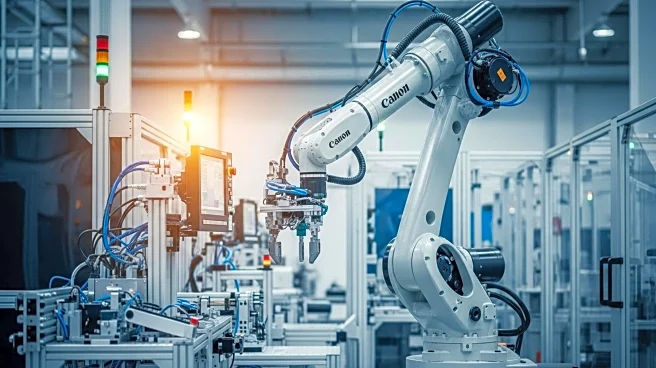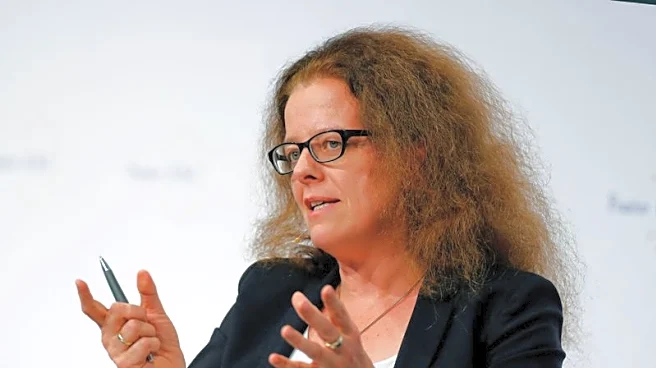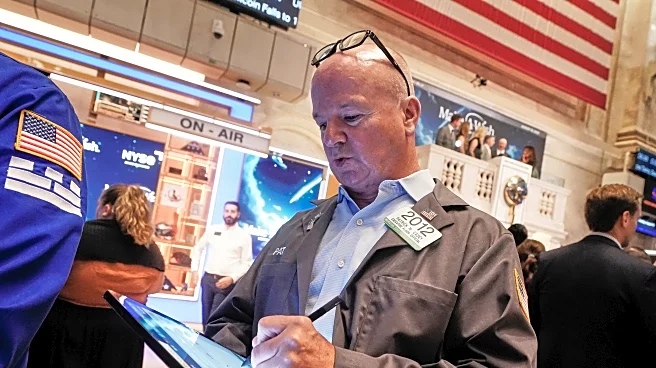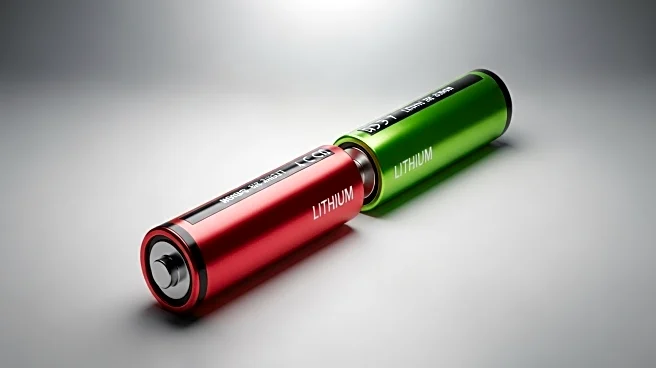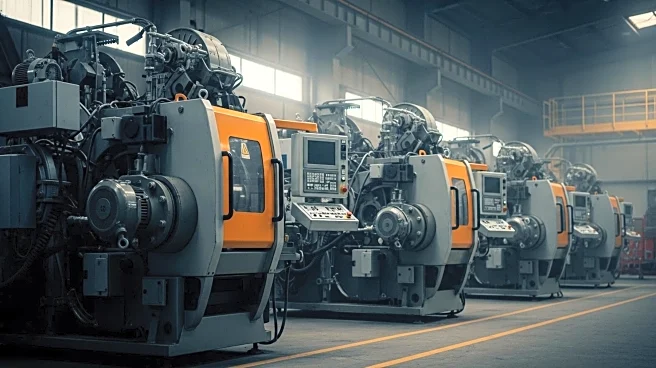What's Happening?
The U.S. manufacturing sector is experiencing a surge in investments from major companies like Apple, GE Appliances, John Deere, Johnson & Johnson, and AbbVie, signaling a significant reshoring trend. These investments aim to expand facilities and modernize operations across the country. However, the industry faces a critical challenge: a shortage of workers. With over 415,000 open manufacturing jobs and projections indicating a need for 3.8 million new workers by 2033, the labor gap threatens the success of these investments. The decline in immigration further exacerbates the shortage, as immigrants constitute a significant portion of the manufacturing workforce.
Why It's Important?
The labor shortage in manufacturing poses a risk to the U.S. economy, as it could hinder the ability to capitalize on reshoring investments. The inability to fill positions may lead to operational inefficiencies and limit production capacity, affecting supply chains and economic growth. Addressing the labor gap is crucial for maintaining competitiveness in the global market. Companies must invest in training and technology to attract and retain workers, ensuring that the manufacturing sector can meet future demands and contribute to economic stability.
What's Next?
To overcome the labor shortage, manufacturing companies may need to adopt automation and optimize processes to increase productivity without relying solely on human labor. Investing in worker training and improving job conditions could attract more individuals to the sector. Policymakers might consider measures to boost immigration and support workforce development initiatives. The industry must adapt to changing labor dynamics to ensure the success of reshoring efforts and maintain its role as a key economic driver.
Beyond the Headlines
The labor shortage highlights broader issues in the U.S. workforce, including the need for skills development and the perception of manufacturing jobs. As the industry evolves, it must address safety concerns and improve job satisfaction to attract a diverse workforce. The integration of technology in manufacturing also raises questions about the future of work and the balance between human and automated labor. Long-term strategies are needed to create a sustainable and inclusive manufacturing sector.
